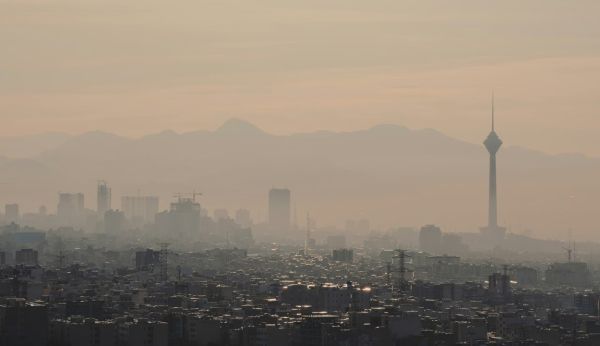
Kathmandu: On Tuesday, the Swiss company IQAir named Kathmandu the world’s most polluted city. The city of Kathmandu scored an AQI of 279, which falls into the “very unhealthy” zone, according to their website. IQAir reports that PM 2.5 was 204.5 µg/m³ and PM 10 was 233.5 µg/m³.

According to IQAir, “PM2.5 concentration is currently 40.9 times the World Health Organisation annual PM2.5 guideline value.”
Major government hospitals in the valley have seen an increase in respiratory difficulties in patients due to the declining air quality.
The number of patients in the Out-Patient Department (OPD) of Tribhuvan University Teaching Hospital (TUTH), one of the biggest government-run multifunctional hospitals, has increased.
With a total size of 413.69 square kilometres, Kathmandu, the capital of Nepal, has seen a surge in air pollution in the last ten years. Data from the 2022 census shows that it has 1,988,606 residents and a population density of 12,440 square miles.
Increased pollution has been caused by unplanned rubbish burning, vehicle emissions, smoke from homes and businesses, and other sources. The contaminants that contribute to industrial smoke are being exacerbated by the usage of automobiles that have failed emission testing.
According to the Ministry of Health, air pollution kills 42,000 people in Nepal each year, with 27% of those over 70 and 19% of those under five dying as a result. According to the statistics, Nepalis’ life expectancy has dropped by 4.1% as a result of air pollution. This is a developing public health emergency because Nepal’s air quality is far worse than the acceptable air guidelines set by the WHO.
This is a developing public health emergency because Nepal’s air quality is far worse than the acceptable air guidelines set by the WHO.
Morbidity and mortality linked to air pollution have been caused by the city’s poor air quality, which has been a serious public health issue. Because of the overuse of health system resources and productivity loss, this puts a financial strain on the nation.
Data from health impact assessments to calculate the financial and health costs of air pollution, as well as the sector-specific actions required to address this environmental issue, have also been lacking.